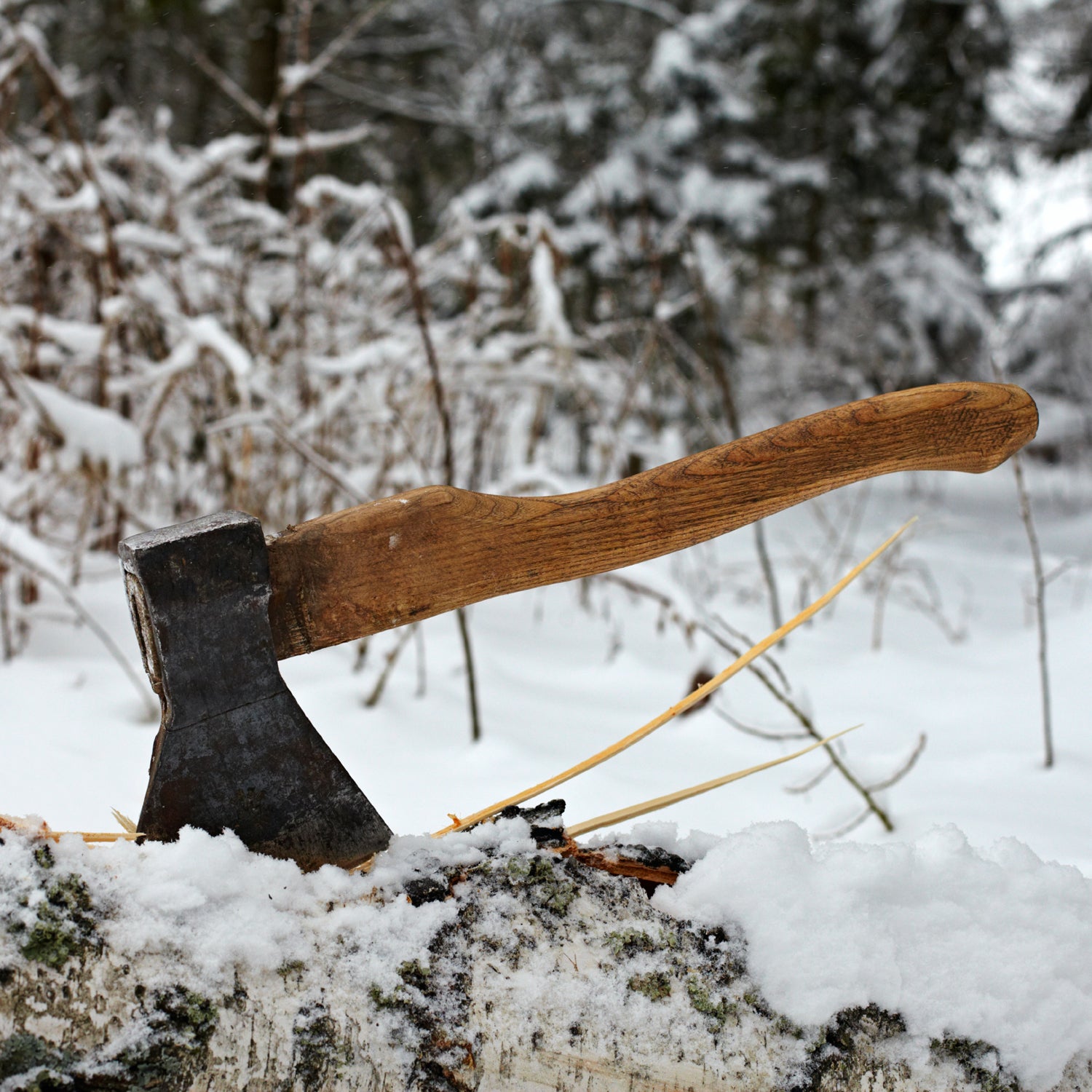In late September, a hiker in New Mexico’s Santa Fe National Forest encountered a shocking sight: a several-hundred-yard swath of felled trees on a hillside in the Pecos Wilderness. Whoever did it leveled off hundreds of englemann spruce and subalpine fir trees a few inches above the roots and left the cuttings on the ground—a clear indication that it wasn’t the act of an illegal timber operation or someone looking for some free firewood. No, it was most likely perpetrated by backcountry skiers looking to set up a ski run in time for winter.
Felling trees in a national wilderness area violates the Wilderness Act and is a federal misdemeanor. Wilderness areas are the most highly protected federal land: development is prohibited in an effort to keep them as natural as possible. Whoever is responsible for the cutting, if caught, could face six months in jail or up to $6,000 in fines, depending on the extent of the damage, which investigators are calculating now. The Forest Service is for information about the cutting, but no penalty can restore that ecosystem, says Mike Gardiner, assistant special agent in charge or law enforcement and investigations for the Forest Service’s southwestern region.
“I’m not necessarily out here to catch someone and throw them in the jail. I’m trying to draw attention so people don’t do it anymore,” Garndiner says. “We’re charged by Congress to protect these trees.”
The Pecos incident wasn’t an isolated case of so-called glading, which involves cutting down trees to carve out enough space for makeshift ski runs. As backcountry use is increasing—the says sales of backcountry gear like touring-compatible ski boots and accessories were up 12 percent from 2013 to 2014—land managers are trying to find ways to encourage recreation while still regulating illegal use. “Backcountry skiing is a perfect activity to enjoy in a wilderness area as long as you’re not changing anything,” says Susan Spear, the Forest Service’s director for wilderness and wild and scenic rivers who is based at the service’s headquarters in Washington, D.C. She says the glading in the Pecos is the largest cutting she can remember in her 25 years at the agency, but that she’s not surprised when it happens within a few miles of a ski area, because of the interest in out-of-bounds skiing.
“Backcountry skiing is a perfect activity to enjoy in a wilderness area as long as you’re not changing anything,” says Susan Spear of the U.S. Forest Service.
The consequences extend beyond violation of any law, though. “It’s not just disrupting the view and taking out timber, there are second and third effects,” says Joseph Reddan, the Forest Service’s assistant director of forest products. Reddan, who once worked as a ranger in the Pecos Wilderness, says unsanctioned glading triggers a range of ecological concerns.
In an area that’s already at risk for wildfires, downed trees are quick to burn. Felled green trees are also prime habitat for bark beetles, which kill wide swaths of pine trees by burying into their bark and are decimating forests throughout the Rocky Mountains. And fewer trees in these areas increases the likelihood of erosion. In the slow-growing, high elevation forests of New Mexico, it takes a long time for those spruces and firs to grow, and taking them out means that section of forest will take hundreds of years to recover. Though issues vary depending on the specific forest, unplanned cutting can set off a cavalcade of unintended consequences—which is why the Forest Service is so keen to end the practice.
The best way to do that, the Forest Service has learned, might be to collaborate with the backcountry crowd. In the dense forests of Vermont, for example, where there’s a long history of illegal glading, federal and state forest managers have recently banded together with skiers to let them legally glade trees on public land. It began a decade ago, when the service noticed increased illegal cutting in the backwoods and decided to proactive, says Holly Knox, a ranger at the Green Mountain National Forest. “It became a priority when we realized previous attempts to regulate it,” like ticketing people, “just weren’t working,” Knox says.
Three years ago, inspired by successfully planned mountain bike trails, rangers reached out to the , an arm of the non-profit , which has been conserving land for skiing since the early ‘80s. The two groups worked together to create a management plan for glading around Rochester, Vermont, based on which areas can handle it, and which ones can’t. Rangers and volunteers identified high-use areas where skiers are already illegally making trails, then began monitoring and managing cutting and traffic there. They regulate which size trees can be cut so as to maintain age variety, and they train volunteers to run cutting crews. There have been fewer incidents of illegal cutting since they started planning trails with the ski community, Knox says.
Simple outreach and education proved to be key, says Amy Kelsey, the executive director of the trail association. “We’re looking at habitats we can’t disturb and ways to trim that fit with forest management plans.” Vermont’s collaborative model should work just as well across the country, Knox says. Rangers in other forests, like in the White Mountains of New Hampshire, have been reaching out to see how they set up similar programs.
“It’s probably not going to curb all the illegal cutting—there are going to be some bad apples, and we’re not in the business of [making people aware of] every private spot,” Kelsey says. “The main thing is that people need to be patient. There’s a lot of good energy but if someone goes out there and jumps the gun, it puts us all three steps back.”


